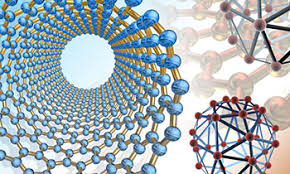Mechanical and Materials Engineering, Department of

Department of Mechanical and Materials Engineering: Faculty Publications
Document Type
Article
Date of this Version
2020
Citation
International Journal of Impact Engineering 140 (2020) 103556
doi: 10.1016/j.ijimpeng.2020.103556
Abstract
Designing and manufacturing high-strength, low-weight parts with enhanced impact resistance is highly sought after in the transportation industry. The most common methods to improve strength-to-weight ratios of impact targets is a composite material composition or a favorable geometric design. An alternative method to improve impact performance is functionally gradient mechanical properties in a single material by hybrid additive stacking. In this study, low-velocity impact tests were conducted on hybrid stacked 1070 steel plates where individual layers were subjected to shot peening (SP) to functionally grade mechanical properties. Hybrid additive stacking refers to secondarily processing preferential layers within a stacked build volume by cold working to achieve favorable compressive residual stresses and localized work hardening. Incorporating SP on preferential layer intervals during stacking is a radically different approach to increase the strength-to-weight ratio and impact performance of metals. Cold working individual layers by peening achieves functionally gradient mechanical properties in a single material without the need for multimaterial composite manufacturing. The objective of this work was to investigate the impact strength and energy absorption from stacking shot-peened and non-shot-peened layers to form a hybrid target. Identifying favorable stacking sequences provides insight on how to design a hybrid structure that incorporates a mechanical surface treatment (e.g., shot peening) to outperform conventional and composite targets. Results showed energy absorption improved by incorporating stacked shot-peened layers and was dependent on the sequence. The improvement in impact performance was attributed to the shot-peening induced compressive residual stresses and increased friction incorporated within predefined layers.
Included in
Mechanics of Materials Commons, Nanoscience and Nanotechnology Commons, Other Engineering Science and Materials Commons, Other Mechanical Engineering Commons


Comments
Copyright © 2020 Elsevier Ltd. Used by permission.